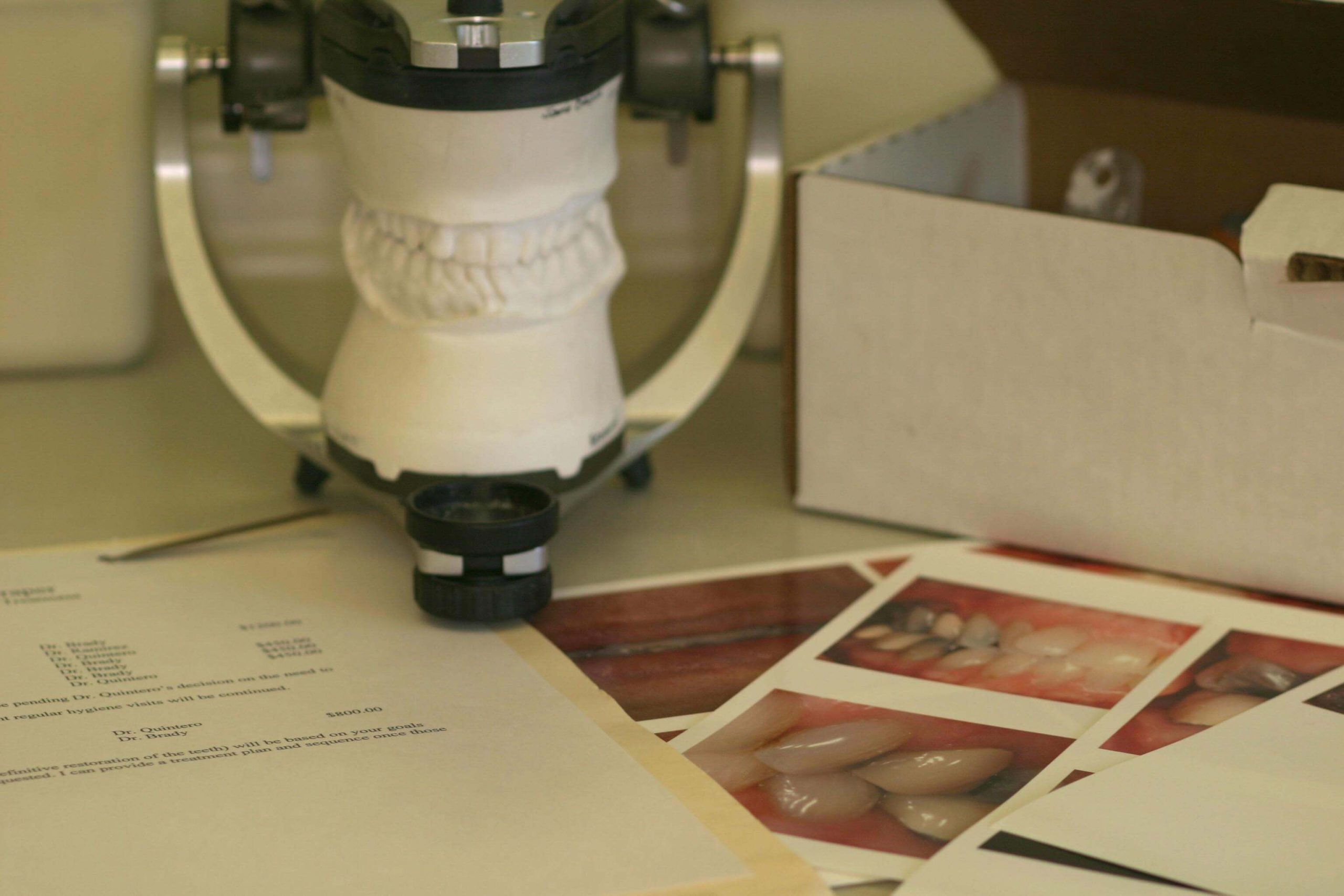
Treatment Planning Tips
Treatment planning is simultaneously tricky and thrilling because it’s the step right before diving into the case. Before the appointment, you should discuss the patient’s readiness to hear about comprehensive treatment with your dental team. They are usually in touch with the patient’s emotions around moving forward.
Another thing to do beforehand is to lock in any financial considerations. If phased treatment is planned, you should be able to respond to any changes that come up.
For the appointment, the most important thing is to review important details from the earlier clinical examination with the patient. They’re bound to have forgotten the majority of what you told them previously.
Critical Treatment Planning Information
This information includes identifying healthy areas, areas of concern, and consequences of not moving forward with treatment. You’ll want to draw their attention to healthy TM joints and bone support on both x-rays and diagnostic models. This measure comforts the patient before diving into concerns.
Move tactfully onto the problem areas, such as active disease, occlusal issues, or periodontal disease. Then cover consequences of delayed or cancelled treatment. Patients who are on the fence will be motivated by fearing loss of their oral health. Confirm that they understand their problem and open it up for questions. Don’t linger too long here though.
Next, present the best treatment plan for the patient without confusing them about other options. You can ensure a much smoother process going forward if you develop credibility by using a diagnostic model wax-up and helping them visualize the positive effects of treatment.
Once the patient fully understands their situation, go through the steps of your plan including timing, phases, specialists, and more. You can then clarify priorities and objectives while involving the patient in the decision-making process. They need to feel control over the problem and the solution.
After investing all of this effort into helping the patient emotionally commit to treatment, get verbal commitment to your treatment plan. A patient who trusts you is a patient who will choose treatment. Coercing them is the exact opposite of what you want.
Thank them for their trust, discuss the fee, and agree on the cost before handing them off to the financial coordinator.
And that’s that!
Related Course
E2: Occlusal Appliances & Equilibration
DATE: April 26 2024 @ 8:00 am - April 30 2024 @ 2:30 pmThis Course Is Sold Out! What if you had one tool that increased comprehensive case acceptance, managed patients with moderate to high functional risk, verified centric relation and treated signs…
Learn More>






